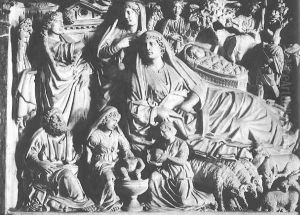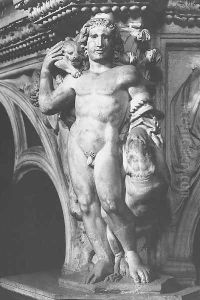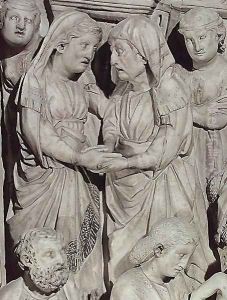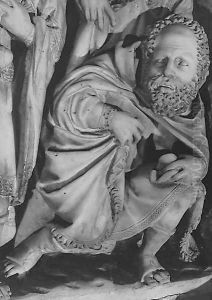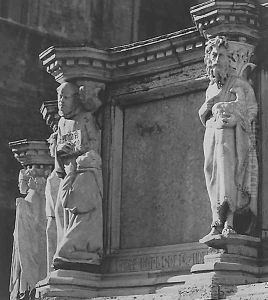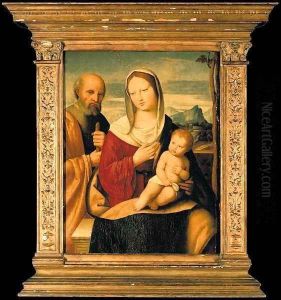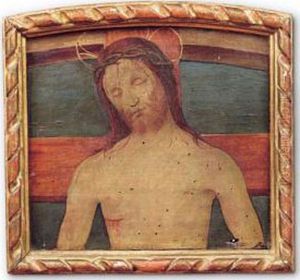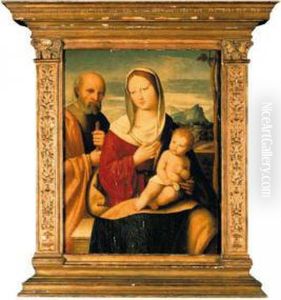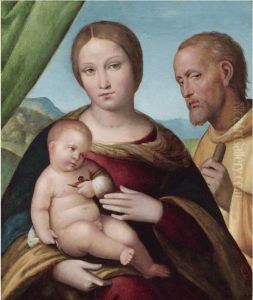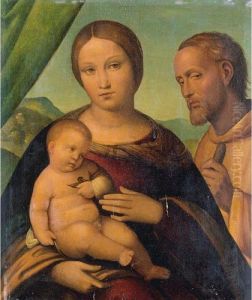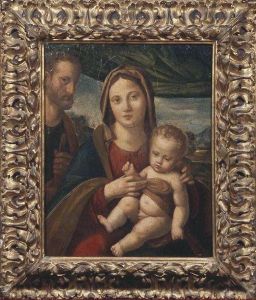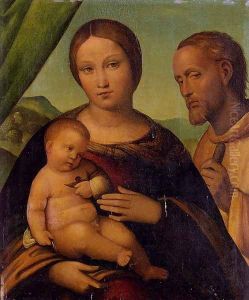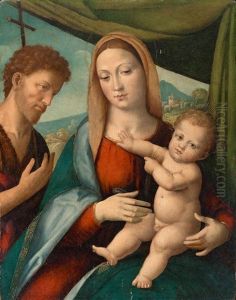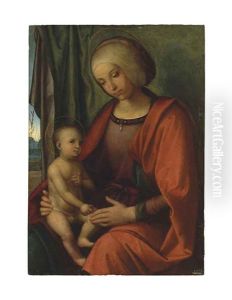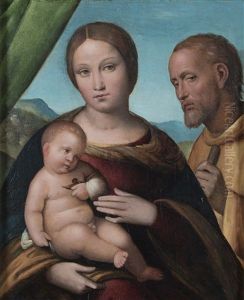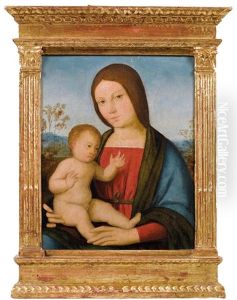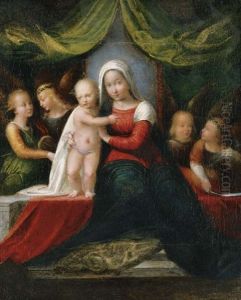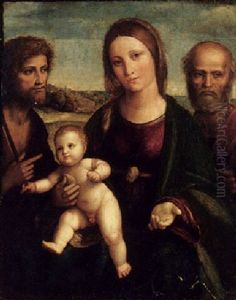Nicola Pisano Paintings
Nicola Pisano, also known as Niccolò Pisano, was an Italian sculptor whose work is generally considered to have been the major antecedent of the Italian Renaissance. Born around 1220, likely in Apulia, he is often regarded as one of the greatest sculptors of the 13th century. His style is noted for combining classical Roman sculptural elements with the medieval Christian iconography.
Nicola's early life is not well documented, but it is believed that he was trained in the workshops that were involved in the construction of the great cathedrals in France or possibly in Italy. His first major work, the pulpit for the Baptistery of Pisa, was completed in 1260. This pulpit is celebrated for its classical form and the narrative relief panels, which depict scenes from the Life of Christ and the Last Judgment. The figures in these panels show a dramatic sense of movement and a deep understanding of human anatomy that was unprecedented in European sculpture at that time.
After the success of the Pisa pulpit, Nicola Pisano continued to receive important commissions. Among these was another pulpit for the Cathedral of Siena, completed in 1268, which further developed the classical themes evident in his earlier work. His influence extended to his son, Giovanni Pisano, who was also a notable sculptor and architect, and continued the stylistic progression towards the Renaissance.
Nicola Pisano's work was revolutionary in that it reintroduced classical Roman sculptural elements, such as the use of the nude body to represent heroic figures, into the medieval artistic vocabulary. This integration of classical styles with the contemporary Christian themes helped to lay the groundwork for the Renaissance humanist philosophy.
Nicola Pisano's exact date of death is not certain, but he is believed to have died around 1284. His legacy is characterized by his innovative approach to sculpture and his role in bridging the gap between the Gothic and Renaissance periods of art.
![La Presentazione al Tempio [detail: the pulpit] (Presentation in the Temple)](https://www.niceartgallery.com/imgs/245893/s/nicola-pisano-la-presentazione-al-tempio-detail-the-pulpit-presentation-in-the-temple-54731730.jpg)
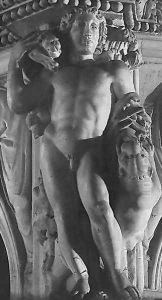
![La Presentazione al Tempio [detail #2] (Presentation in the Temple)](https://www.niceartgallery.com/imgs/245891/s/nicola-pisano-la-presentazione-al-tempio-detail-2-presentation-in-the-temple-20c711c1.jpg)
![La Crocifissione [detail #2] (The Crucifixion)](https://www.niceartgallery.com/imgs/245890/s/nicola-pisano-la-crocifissione-detail-2-the-crucifixion-f7259199.jpg)
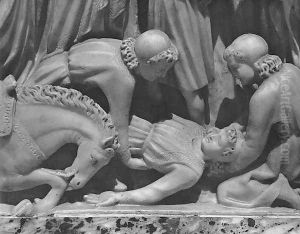
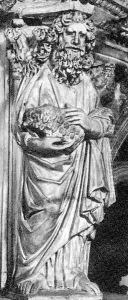
![La Crocifissione [detail #1] (The Crucifixion)](https://www.niceartgallery.com/imgs/245887/s/nicola-pisano-la-crocifissione-detail-1-the-crucifixion-d87c2194.jpg)
